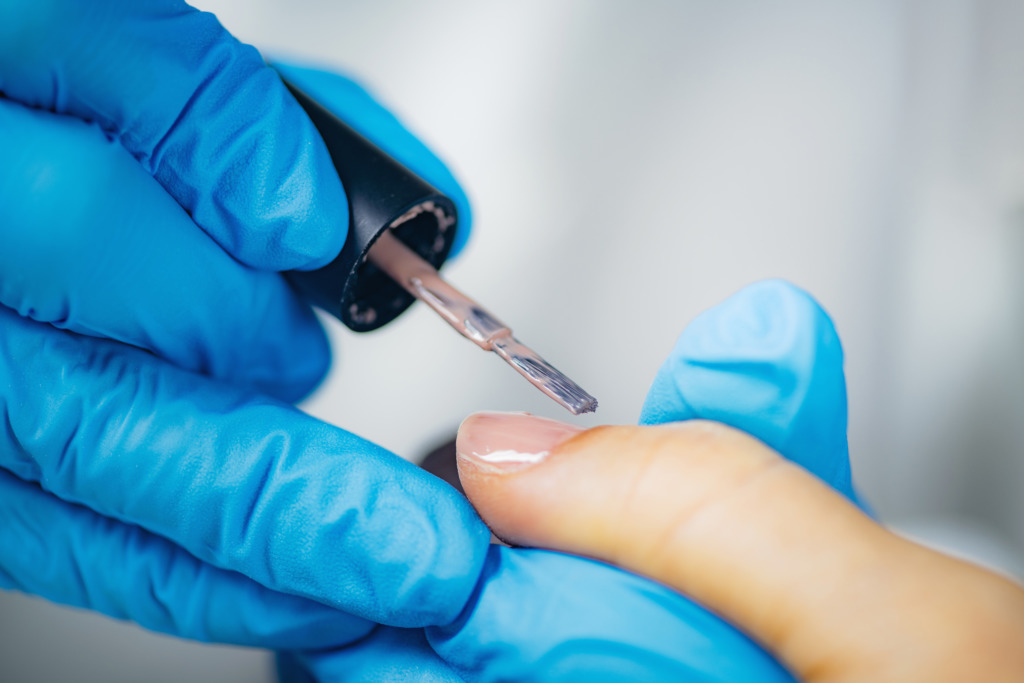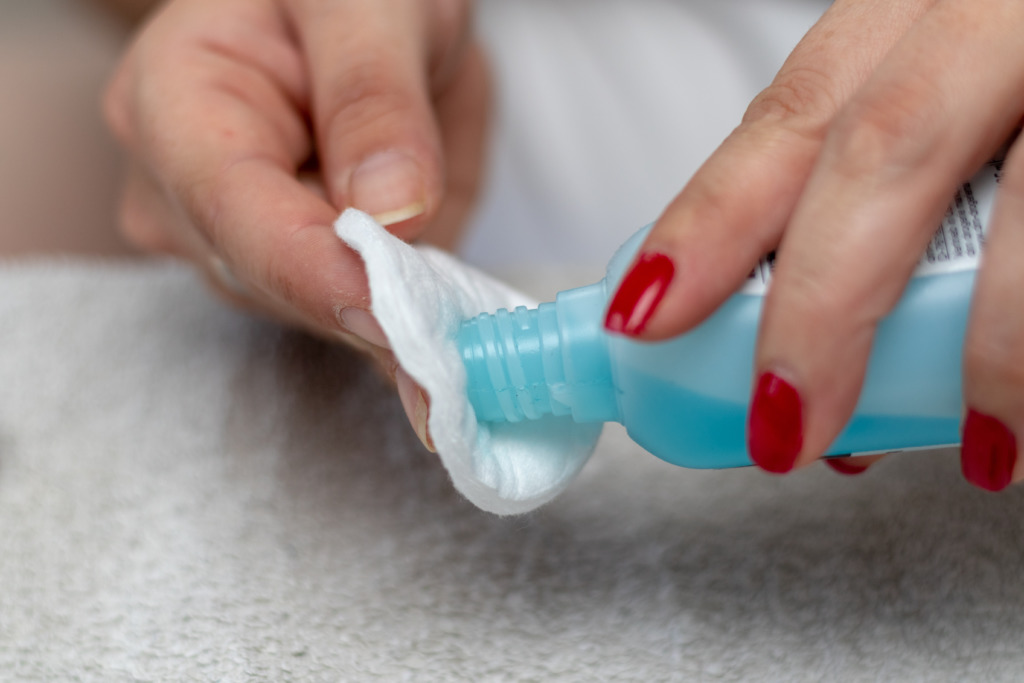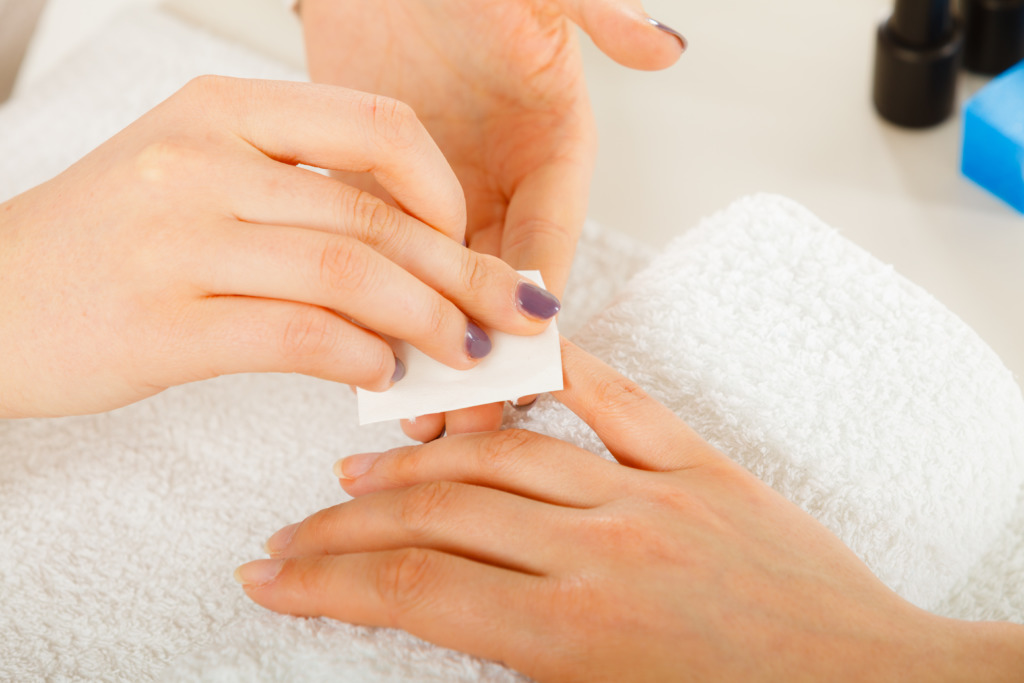How to Get Rid of Nail Monomer Smell
Painting your nails in your home can have long-lasting effects on the odor within this airspace, leaving the strong smell of nail polish and nail polish remover hanging in the air. If you are like me, I dread the process of removing nail polish and repainting my hands and toes simply due to the fact that strong chemical smells that comes from the products used to paint nails. Nail polishes and polish removers will contain different combinations of ingredients within the composition, with some labeled toxin-free and others not – although many of the labeled "toxin-free" nail polish typically did contain sometimes a high level of toxic chemicals and was mislabeled for consumers. However, regardless of the product, you can expect to find some traces of chemicals that will create that chemical odor emitted from the nail polish used in the environment.
In this article, we are going to discuss the dangers behind nail polish, what chemicals are used in nail polish and polish removers, and how to effectively remove nail polish from the skin and from the air of an indoor environment.
Is Nail Polish Bad for You?
Have you ever stopped to consider the potential dangers and health risks that nail polish can provoke in those who are frequently exposed to this strong-chemical-smelling beauty product? Nail polish contains a mix of chemicals known to be potentially harmful to those exposed to it, particularly those who are repeatedly exposed like manicurists, beauticians, and those who are regulars to getting their nails done.
One study that was conducted by researchers at Duke University and Environmental Working Group found that simply applying nail polish to your nails would allow for a dangerous hormone-disrupting chemical to seep into the body and trigger adverse health effects. Triphenyl phosphate (TPP) is the hormonal-disruptor chemical that is commonly found in many nail polishes, and it is estimated to be in nearly 49 percent of the 3,000 nail polishes and nail treatments many people undergo.
Along with the toxic chemical triphenyl phosphate, other chemicals can be used in nail polishes and nail polish removers that can be hazardous to human health – these chemicals include the following:
- Dibutyl Phthalate (DBP): A type of phthalate, this chemical is a plasticizer used to improve polish durability leaving your nail polish on your nails for longer. This chemical is also an endocrine disruptor that is known to interfere with normal hormonal functions and has even been linked to fertility issues and birth defects when tested in lab animals.
- Toluene: The chemical found in nail polish responsible for creating a smooth application and finish, toluene has a sweet, pungent smell that is found in both nail polish and nail polish removers. The fumes produced from toluene are highly toxic, and studies have shown it can cause neurological damage, brain function, impaired breathing, hearing loss, and nausea.
- Formaldehyde: Used in nail polish to harden and strengthen the liquid, formaldehyde is a chemical that serves as a preservative that protects against bacterial growth. When humans are exposed to high levels of formaldehyde in the air or on the skin, it can potentially lead to cancer of the throat, nose, and blood.
- Formaldehyde Resin: Formaldehyde resin is a by-product of formaldehyde that is found in nail polish. This chemical can cause severe skin irritation and allergic reactions, skin depigmentation, and even the loss of nerve sensation.
- Camphor: The glossy, shiny appearance of nail polish is from the use of camphor within the ingredients of nail polish. It is less toxic than the other chemicals found in nail polish and is commonly used in cold remedies like vapor rubs and nasal sprays. The different health effects caused by camphor can include skin irritation, allergic reactions, nausea, dizziness, and headaches.

Nail Polish Smell
As you begin the process of painting your nails, a buildup of odors will develop within the airspace of the indoor environment and flood throughout the entire area. These chemical fumes from nail polish are considered toxic, as they are made up of chemicals including phthalates that are known to be dangerous to the human body. A strong-smelling chemical that is found in both nail polish and nail polish remover that will contribute to the growing odors from use of these items indoors is acetone and toluene. These chemicals will travel in the air and lead to exposure through inhalation or ingestion that can contribute to eye, nerve, and lung damage.
Along with the fumes produced from nail polish that can become airborne in the air, nail polish remover can also produce fumes that can sometimes even be more harmful to human health than that of nail polish.
Is Nail Polish Remover Toxic?
Immediately as you open up the bottle of nail polish remover inside of an indoor environment you will right away be struck by a sharp-smelling odor that will overtake the airspace. Nail polish removers have been used for decades, even as far back as the 1930s with little issue. Typically, these nail polish removers are rapid-acting and will quickly work to rid your nails of any nail polish that remains on the nails – even those hard-to-remove nail polishes that promise to last for weeks.
As you apply nail polish remover to your nails and the skin around your nails, if you soak your nails in nail polish instead, you are leaving yourself susceptible to health risks that nail polish remover and the chemicals found in this product can produce to health. Certain chemicals can be found in nail polish remover, including acetone that can be fairly dangerous to not only human health but to indoor air quality when used in an indoor enclosed environment.

What Is Nail Polish Remover Made Of?
Nail polish removers are known to be a hazardous beauty product that is commonly used in a home. Oftentimes, nail polish remover is more dangerous than even nail polish which many would find shocking. According to the Environmental Protection Agency (EPA) and the Occupational Safety and Health Administration (OSHA), there are several ingredients listed in nail polish remover that can be highly toxic when present in large amounts. The chemicals that are most likely found in nail polish remover includes the following:
- Ethyl Acetate: A frequently used replacement for acetone in acetone-free nail polish removers, ethyl acetate often contains many of the same hazards as that of acetone. This ingredient, similar to acetone is highly flammable and can cause respiratory tract irritation in those exposed to this chemical. The more and more that you are exposed to ethyl acetate, the increase in symptoms will occur resulting in redness and irritation to the eyes, nose, and skin.
- Toluene: A colorless chemical that is found in nail polish and also found in nail polish remover. Low to moderate exposure to this chemical can lead to tiredness, confusion, weakness, memory loss, nausea, loss of appetite, hearing loss, and vision loss.
- Propylene Carbonate: A common ingredient found in most nail polish removers, this chemical is not considered to have a significant effect on long-term health. However, it can cause eye, skin, and lung irritation.
- Acetone: A chemical that occurs naturally in nature is a common ingredient found in nail polish remover that is known to be flammable. Acetone is known to irritate the eyes, skin, and breathing.
Effects of Acetone on Skin
Did you know that our bodies produce a small amount of acetone? This production is small and leaves no risk to human health, however, as you begin to become exposed to more and more acetone from household products and beauty products like nail polish remover, the health risks can steadily increase to alarming results.
When you directly apply acetone to the skin, especially when you soak your hands and fingernails in nail polish remover, leaving your body to absorb this acetone chemical into the body. The bloodstream absorbs acetone rapidly and completely from the lungs, stomach, and skin – this collection in the body will lead to health problems such as dry, red, cracked skin. Ultimately the effects of acetone on the skin will vary greatly depending on the individual, as those who are sensitive to chemicals may experience more adverse health issues from this chemical exposure.

How to Remove Nail Polish Smell from Skin
If you have ever used nail polish and/or nail polish remover than you know that the smells can become embedded into the skin, particularly on your hands. For those who are extremely sensitive to chemical exposure, the removal of nail polish and nail polish remover is critical to improving their health and minimizing the health effects produced from the chemicals found in these nail products. What can you do to remove these pungent nail polish odors from your hands without the use of masking agents or other chemicals?
Hand soaps that contain odor neutralizing abilities will effectively work to eliminate any odors that have become collected in the skin of the hands. This soap will easily be applied like regular soap and rinsed off by water – this will eliminate any residual chemical and noxious odors from the area of the hands.
Nail Polish Fumes in Home
After you apply nail polish and use nail polish remover in your home the chemical smell from these nail products will linger throughout the air of this space. The smell will travel in the air and settle onto surfaces in the home, especially when a home has poor ventilation and little air flow. If you are experiencing strong odors in your home from nail polish an air purifier can be useful to help combat this aromatic chemical odor in the air.
How to Remove Nail Polish Smell in House
There are many different types of air purifiers that are used today for odor removal in an indoor environment. The technologies that are used in air purifiers include ozone, carbon, and ionizers that have been used for decades to remove odorous compounds from the air. Unfortunately, these technologies all have major flaws such as the inability to neutralize the odors or the ability to neutralize odors while possibly emitting dangerous byproducts into the air. When selecting an air purifier for removing harsh chemicals, such as those found in nail polish and nail polish remover, you will need to utilize an effective air purifier that will neutralize and break down the odor without the use of masking agents or chemicals released into the air space.
The EnviroKlenz Air Purifier is the ultimate solution to removing VOCs and odors from the air through the use of a patented earth mineral technology. The EnviroKlenz technology neutralizes and breaks down the odors completely from the airspace and removes it from the environment. This air purifier will work wonders on most chemical odors and noxious odors from the air including acetone and the other chemicals used to compose nail polish and nail polish remover.

Air System
How to Get Rid of Nail Monomer Smell
Source: https://enviroklenzairpurifiers.com/how-to-get-rid-of-nail-polish-smell/